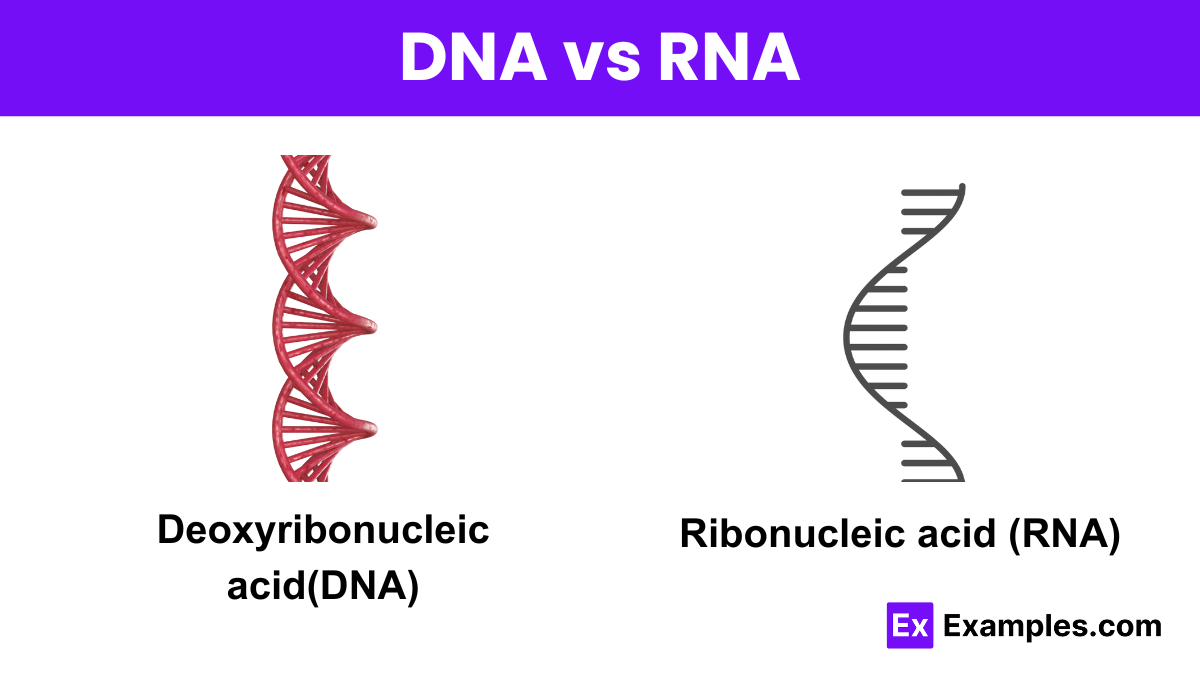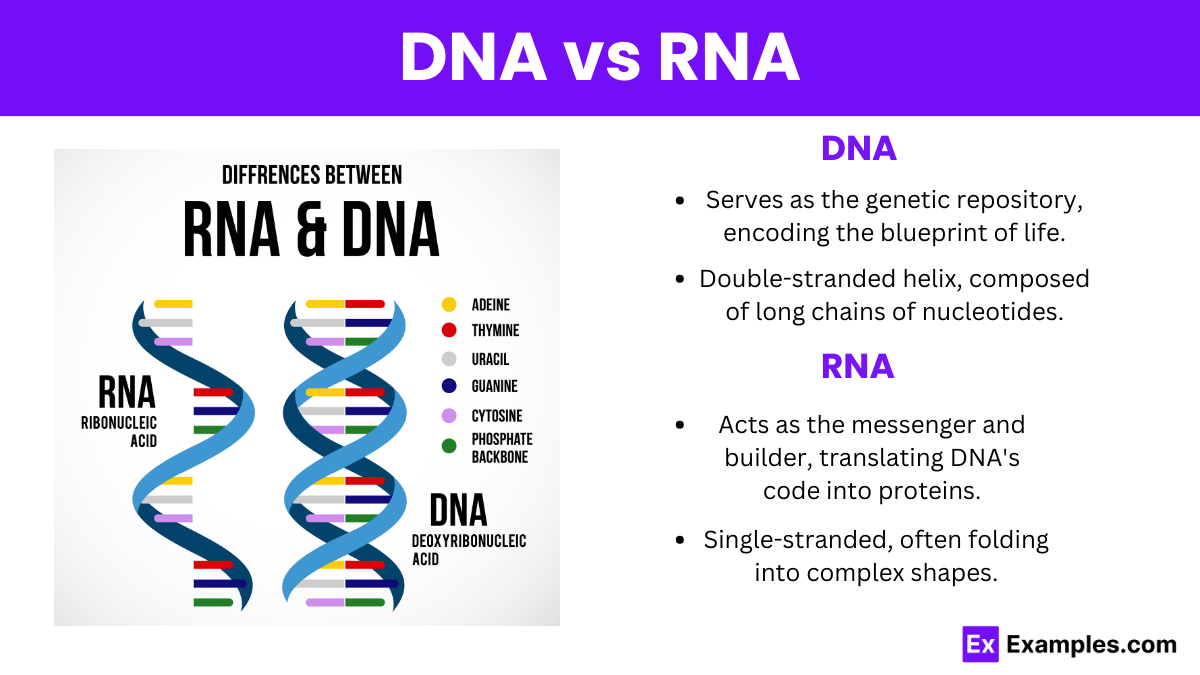Which of the following is a structural difference between DNA and RNA?
DNA has ribose sugar, RNA has deoxyribose sugar
DNA is single-stranded, RNA is double-stranded
DNA has thymine, RNA has uracil
DNA is found only in the cytoplasm, RNA is found only in the nucleus



